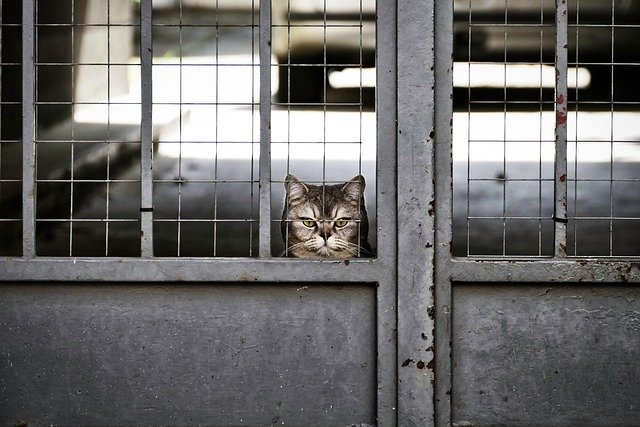Routine exercise plans for varying activity levels
Establishing a routine exercise plan tailored to a pet's activity level helps maintain physical health, mental stimulation, and predictable behavior. Whether you have a high-energy dog, a moderately active cat, or a senior companion, consistent daily movement combined with enrichment and care supports long-term wellbeing and quality of life.

Routine exercise plans for varying activity levels
Creating an exercise routine for pets means matching activity type and duration to age, breed, health, and temperament. A consistent daily framework helps with weight control, reduces unwanted behavior, and supports socialization. Balance physical activity with grooming, nutrition, and rest so exercise complements overall care rather than replacing it.
Grooming: How should routine care vary?
Regular grooming ties into an exercise plan by keeping pets comfortable and ready to move. After swims or long hikes, brushing, drying, and checking paws reduces matting and skin issues. Dentalcare is also part of routine wellness; exercise alone won’t prevent dental disease, so include teeth checks and cleanings as advised by a vet. For long-coated breeds, plan shorter, supervised play sessions when coat care is due to avoid tangles and skin irritation.
Nutrition: What feeding supports activity levels?
Match calorie intake and meal timing to exercise intensity. Active pets may need higher-quality protein and adjusted portions, while low-activity or senior pets require diets that limit excess calories and support joint health. Spread meals to avoid exercise immediately after a heavy meal, particularly in deep-chested dogs where bloat is a concern. Work with local services or a veterinarian to tailor nutrition and ensure vaccination and health status are up to date before increasing activity.
Behavior: How to observe exercise impact?
Monitor behavior for signs that activity is sufficient or overdone. Improved sleep patterns, calmer indoor behavior, and easier training responses usually indicate a well-balanced routine. Conversely, persistent restlessness, excessive panting, or reluctance to move may signal a mismatch in intensity or an underlying health issue. Use gentle enrichment and consistent training cues to reinforce positive behavior around exercise times and consult a vet for behavior changes that coincide with decreased mobility.
Socialization and Enrichment: How to engage pets?
Socialization and enrichment broaden exercise beyond repetition. Group walks, supervised playdates, or visits to a shelter-run adoption event can expose pets to new environments and reduce anxiety. Use puzzle feeders, scent games, and varied routes during walking to provide mental stimulation. Enrichment activities are especially important for indoor or rescue animals adapting to a new routine; they help reduce stress and support rehabilitation while respecting shelter or boarding guidelines.
Training and Walking: How to structure sessions?
Training and walking form the backbone of many exercise plans. Structure sessions with warm-up and cool-down phases: short leash walks or light play before intense running, then gentle stretching or walking to recover. Break high-energy activity into intervals to prevent overexertion, and incorporate basic training commands to reinforce focus. For pets using boarding or daycare in your area, discuss daily walking and training routines so staff can match your plan and reduce disruption to your pet’s behavior patterns.
Health and services: vaccination, microchipping, dentalcare, firstaid
Prioritize health measures before intensifying exercise. Ensure vaccination status and microchipping are current, so pets remain protected and identifiable if they become lost during outings. Dentalcare, routine checkups, and basic firstaid knowledge for owners help manage injuries related to activity. When considering rescue, adoption, or temporary shelter and boarding services, confirm that staff can accommodate your pet’s exercise level and any medical needs. Local services can advise on safe progressions for senior or rehabilitating animals.
This article is for informational purposes only and should not be considered medical advice. Please consult a qualified healthcare professional for personalized guidance and treatment.
Conclusion
A practical exercise plan aligns daily movement with a pet’s physical condition, training needs, and social preferences. By combining grooming, tailored nutrition, consistent training, and appropriate health measures, owners can create sustainable routines that improve behavior and wellbeing. Regular check-ins with local services and veterinary professionals help adjust plans as pets age or their circumstances change.





